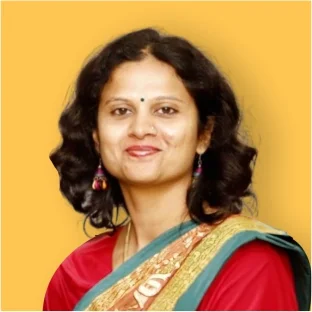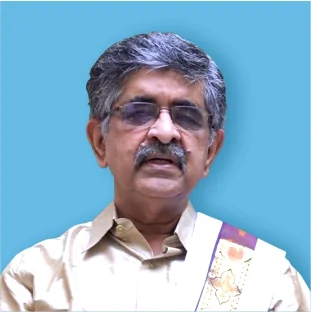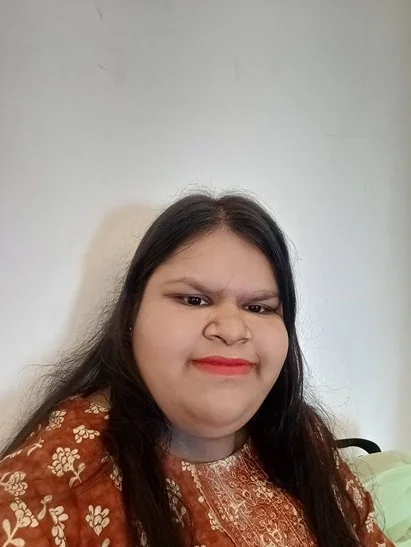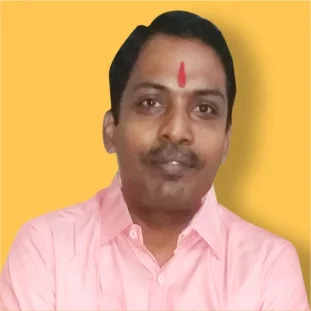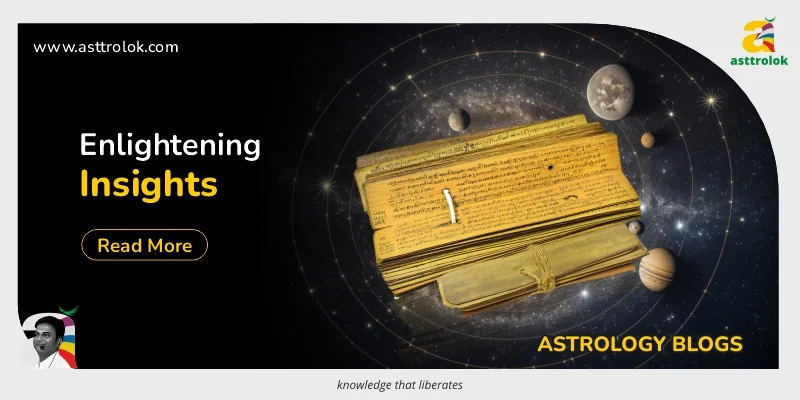
Are you looking for the best astrologer online? Get an astrology consultation with a professional astrologer to find out the answers to all of your questions.
7. Annaprasan Sankara
The Annaprasan ritual is conducted 6 or 7 months after the birth of the child. The youngster is thought to have contracted an illness in its stomach while in the pregnancy of its mother. Due to the formation of teeth, the digestive system is said to become active around this time, preparing the child's stomach for solid food.
The kid is fed ghee (clarified butter) or yogurt and honey during the Annaprasan rite. Food is presented to the Gods, and mantras are performed.
8. Choodaakarma Sankara
This Sankara is performed after Vanaprastha. After fulfilling all the duties and family responsibilities, it is now time for him to detach himself from worldly duties and renounce the world, therefore living by meditating and relying on alms.
Choodaakarma (mundan) Sankara is the eighth Sanskar in the Choodaakarma (mundan) series.
This rite is performed between the child's first and third years of life. It involves the initial shave of the child's head. Haircuts before a child's first year of life, according to Hindu beliefs, might be harmful to his health.
Between the ages of 5 and 7, some households practice Choodaakarma or Mundan. Due to the calmness of the ambiance in these areas, it is commonly held in temples or pilgrim sites. When you cut your hair, it's said that filthy ideas go away and pure and ethical thoughts enter your mind.
9. Karnavedh Sanskara
When the kid is 6 to 16 months old, or between the ages of 3 and 5, this ritual is done. The child's ears are pierced. It is said that femininity (for girls) or masculinity (for males) is bestowed via this rite. The sun's rays enter the child's body through the perforations in both earlobes and fill it with energy, according to legend. The girls can put on jewelry after this procedure.
The acupuncture system, as well as the Karnavedh ritual, are regarded as helping to prevent ailments. To wear jewelry, some people get holes drilled in their noses.
10. Upanayana or Yagyopaveet (sacred thread)
A child's first birth occurs in the mother's womb, according to Manu, while the second birth occurs during the Yajnopaaveet rite. It is thought that when a kid is born, he inherits the karma (good and bad acts) of his previous life. You may get rid of evil acts and keep only positive ones with the assistance of this procedure.
The second birth of the kid is known as Upanayana. A holy white rope is known as Yagyopaveet. Its meaning is that whoever utilizes it has the burden of understanding and according to the rules of just about everything human, natural, and divine to receive God's mercy.
Read Also:- Learn About The 16 Sanskara In Hinduism- Part 1
11. Vedaarambh Sankara
This is a similar ceremony to the one before it. After the learner has completed the upanayanam, the guru proceeds to teach him about the Vedas (holy texts).
12. Samavartanam Sankara
It's a follow-up to the preceding rites. It is done for the pupil to become conscious of his divine abilities. The pupil acquires considerable mental power by doing the aforementioned practices. He becomes more modest, compassionate, giving, and accountable to his responsibilities, societal duty, and the greater benefit of the country. Your dedication, or preparations for a religious function, begins with the execution of this rite. You can start your married life after finishing it.
13. Paanigrahan Sankara (Vivaah)
Marriage had no ritual counterpart at the moment of man's genesis, according to Hindu dharma. There were no guidelines as to who might marry whom. Anyone could procreate by having intercourse with whomever they pleased. It was impossible to discover the father's identity. Mothers were regarded as extremely valuable in this sense, and offspring were identified by their mothers' names.
During the Vedic period, the Paanigrahan or Vivaah system was dominant until the sages on the mountaintops began to fiercely oppose it. They thought such partnerships were bestial, and the rules of marriage were formed as a result. It entails performing several ceremonies at the moment of marriage, according to the traditions and customs of each social class, area, or language.
14. Vanaprastha Sanskara
At the age of 50, this Sankara is done to commemorate the transition from the stage of family head to the stage of Vanaprastha, when the person begins to engage in spiritual activity.
15. Sannyasa Sanskara
Following Vanaprastha, this Sankara is done. It is now appropriate for him to remove himself from worldly commitments and reject the world, living instead by meditation and relying on alms.
16. Antyeshti Sanskara
Because it is done during a person's burial, this ritual is the final one they will ever conduct. Paanigrahan refers to the act of lighting a fire on or around a person's body. Agniparigrah Sankara is the name given to this rite. Following the death of a human being, the scriptures state that the corpse is devoted to fire.
Conclusion:
In Hinduism, there are a total of 16 Sankara. They start all the way before the birth of the child and are performed during the different stages of their lives. Each Sanskara has its own significance and meaning in Hinduism.
Learn astrology courses online from the best astrologer in India. Learn about various aspects of astrology, like astrology readings, prediction, and more. Free astrology classes are available as well. Further, explore numerology course, palmistry course, Vastu course, medical astrology with astrology certification. Register now.
Read Also:- What Impact Do Planets Have On Your Life?
Comments (0)
Categories
Recent posts

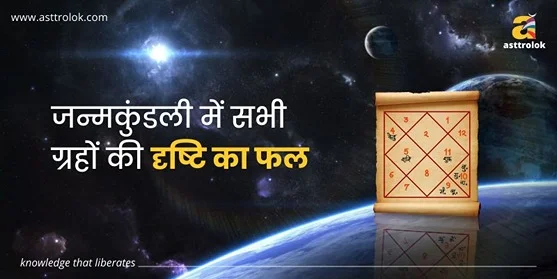
जन्मकुंडली में ...
30 Aug 2023
Importance of Bhakoot Koota in Kundali ...
30 Aug 2023

.webp)



